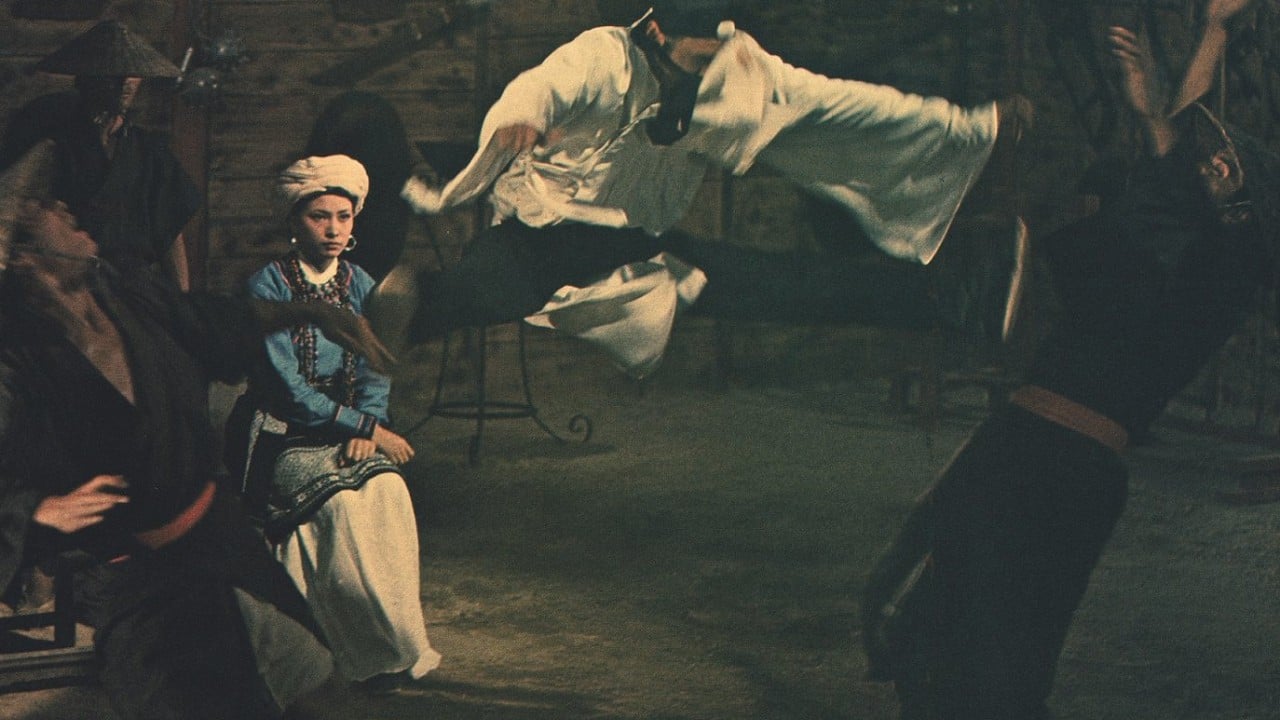Martial arts cinema maestro King Hu’s lesser known is his most action-packed film. The 1975 drama, which is set in China’s Ming dynasty (1368-1644) and was shot in Hong Kong’s New Territories, including outlying islands, is based on a true story of Chinese heroes who struggle with corrupt officials as they attempt to rid China’s coast of Japanese pirates. We talk to critic Frank Djeng, who provided the commentary for the Eureka Films Blu-ray release of about the film.
languished in obscurity for around 20 years until 1996, when the Hong Kong Film Archive found a print of it in a film laboratory. – The action in can be seen much more clearly than in Hu’s earlier films – and there’s a lot of it, too. The story lends itself to this kind of action, because it is very literal and very straightforward.

There are no subplots or hidden twists, and nothing to surprise the audience – the good guys are good and the bad guys are bad. I also think he wanted to show off Sammo’s skills, as Sammo’s fame was on the rise. He was saying to the audience, “Look at what this guy has got, this is the way to go, this is the future.
” Han Ying-chieh, who worked as a choreographer for King Hu, taught Sammo martial arts at Yu Jim-yuen’s Peking opera school, and I think Han brought Sammo to Hu’s attention. It is a very interesting performance, because although he is covered in all that kabuki-style facial make-up, he does not try to act Japanese. Until the end, when he uses .
















